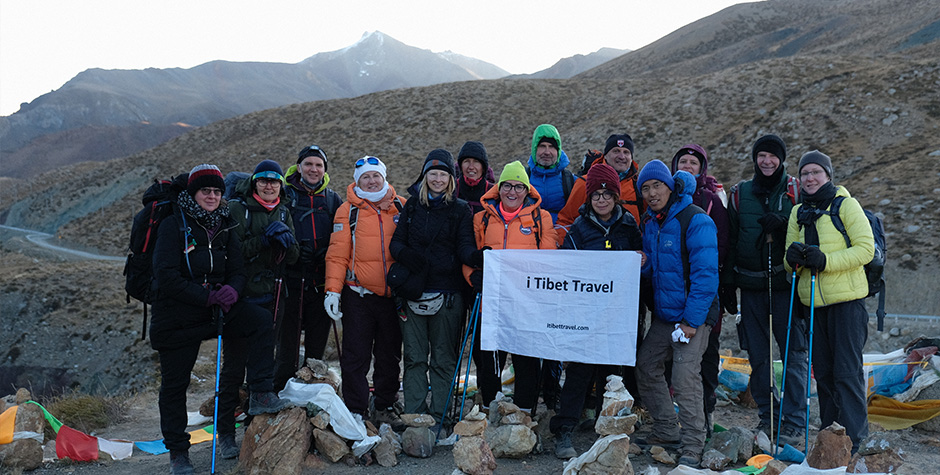The Chongye was the ancient capital of Tibetan Kings until in 7th-century king Songtsen Gampo moved his capital to Lhasa city. The Valley is also well known for the tombs of Kings. It is located 28 kilometres from the Tsedang town.
History of Chongye, the tombs of Kings
Before moving the capital to Lhasa by the King Songtsen Gampo, Chongye was the ancient capital of Tibet. The first seven initial kings of Tibet are said to have an ascent to heaven at the time of their demise. From 8th to 24th king were interred in a different location and their burial sites. These site has not been recognized Yet. Subsequently, kings were buried in Chongye.
Historically the tombs of the kings are inaccessible for the laypeople, and there are no historical records of the location. These tombs are identified as per the written record of the locals of the Chongye in later centuries.
Tourist Guide to Chongye, the tombs of Kings
Nowadays there are 16 recognizable tombs of the king, out of which ten are in Chongye Valley, and six are Dungkar Valley. Tombs of Songtsen Gampo and his immediate ancestors and descendants are on the slope on Mulari Hill.
Among all the tombs in the Valley, the most massive tombs of the Songtsen Gampo, The Banso Marpo. This gigantic tomb is 13 meters high with it’s every side measuring 129 Meters. Many historical sources describe in details of enormous treasure and entire chapel contain within it.
But there is some other tradition believing the Songtsen Gampo vanish in light at the time of his demise, into Jho Rinpoche of Jokhang temple.
On the submit of his tomb, there is a small chapel constructed in 13 century by Nyingmapa Lama Menlungoi Shakya-O. From here you can have a birds-eye view of beautiful Chongye Valley.
Other nine tombs on the Chongye side are visible from the submit of Songtsen Gampo’s Tomb. These comprise
- Banso Dozher Hralpo, the mausoleum of the 35th King Mangsong Mang-tsen. (Left of Songtsen Gampo tomb).
- Banso Lharichen, the mausoleum of the 36th King Trulgyi Gyelpo. ( Right of Mangsong Mang-tsen tomb)
- Banso Lhari Tsuknam, the mausoleum of the 37th King Tride Tsukten Me Aktson ( On the slope of Mulari, ( Left of Trulgyi Gyelpo’s Tomb)
- Banso of Prince Jangsa Lha-on ( front of King Tride Tsukten Me Aktson’s Tomb)
- Banso Lhari Dempo, the mausoleum of the 39th King Mune Tsenpo. ( Right of King Tride Tsukten Me Aktson’s Tomb)
- Banso Gyelchen Trulzhi, the mausoleum of the 41st King Tri Ralpacan ( front of King Trulgyi Gyelpo’s tomb)
- Banso of 42nd and the last king of Tibet Langdarme ( Between the Banso of King Trulgyi Gyelpo and Relpachen)
- Banso of Price Namde Osung ( Behind King Trulgyi Gyelpo’s Tomb)
- Banso Trulri Truknang, the mausoleum of the 38th King Trisong Detsen. ( Behind King Tride Tsukten’s tomb and on the left on the slope of Mulari). This Banso has been missing since 18th Century; Some historical source noted that farmers had removed it.
During Your tour to the Valley, you can ask the monks at the chapel on the Songtsen Gampo tomb to show which is what. You can read more here.

Tenzin Travel is the best Tibetan Travel agency in Tibet. Our agency is one of Tibet’s most experienced tour operators, with over 20 years in the industry. Founded by a local Tibetan family with decades of expertise as guides, managers, and route planners. We craft personalized itineraries for every traveler. Our agency is the highest-rated and most recommended Tibet travel agency on TripAdvisor, Google, and Lonely Planet.
We can make holistic arrangements for your trip to Tibet. Including a Tibet Travel Permit, a Tibetan tour guide, flight tickets, train tickets, vehicle arrangements, and hotel bookings in Tibet.
Our Lhasa office is just steps from Barkhor Square. All our Tibetan team ensures deep cultural, linguistic, and religious insights, setting us apart from other agencies.
Beyond tourism, we support Tibetan communities by donating a portion of each tour to local projects. Your travel to Tibet is about more than profit—it’s about the opportunity for us to give back.
